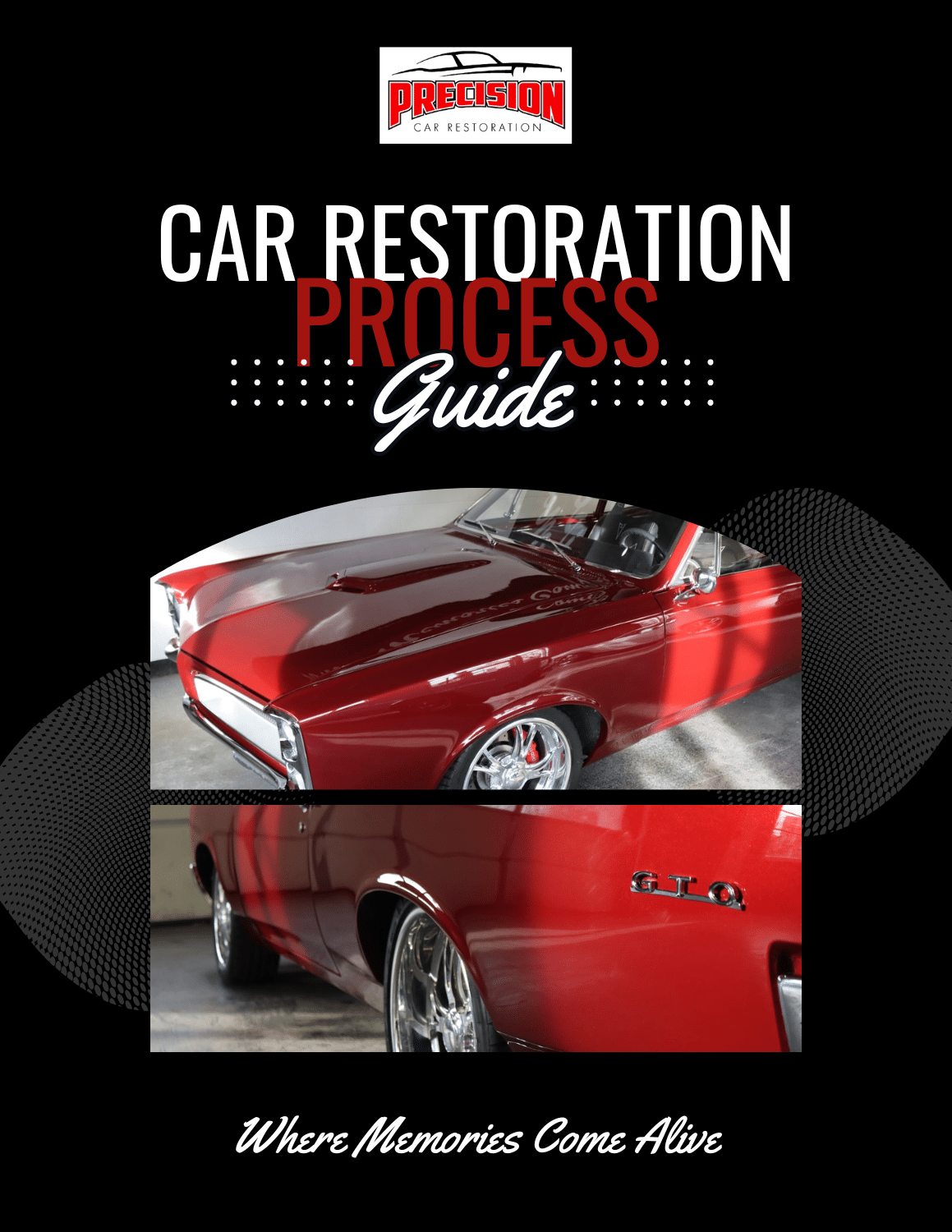
Cruising the boulevard in a hot musclecar on a warm summer night is what the classic car hobby is all about, but no one wants to work up a sweat doing it. The weather is heating up on us quickly, and having cold air conditioning makes driving your classic that much more enjoyable. First and foremost, an air conditioning system will only work well if properly charged. Installing the proper components to retro fit an older R-12 refrigerant system to newer R-134 refrigerant is important to get maximum performance. Having the proper amount of refrigerant is also crucial, as having too much or too little can prevent the system from working to its fullest potential.
The most important component of the A/C system is the compressor. It uses a magnetic clutch that will engage during operation and to pump refrigerant through the system. In an old system that has been out of operation for an extended period of time, the compressor is one of the easiest components to replace or refurbish. Bearings can go bad and debris can get into the system causing future problems even if all other components are in good shape.

To ensure that the refrigerant stays cool, the compresses routes it through the condenser. It mounts in front of the car to the radiator so ambient air can cool the refrigerant down as a car moves down the road. Leaks in a condenser can prevent the system from holding a charge and debris can prevent air from passing through and cooling the refrigerant. In an older system, the condenser needs to be flushed, cleaned and tested for leaks before recharging the system.

Another important component in the A/C system is the evaporator core. The refrigerant inside the A/C system cools the evaporator core, and electric fans then blow air through the evaporator and cold air into the car. Needless to say, the evaporator needs to be clean and free of debris in order to cool the entire surface of the core. The larger the surface area that is cooled, the colder the air coming out of the vents will be. Many vehicles that have been setting for long periods of time can have leaves and dirt compacted within the box that houses the evaporator core along. Mice and other rodents may have decided to build homes in the evaporator assembly as well. If this is the case, not only will the air conditioning function poorly, unpleasant odors will permeate into the cabin. While replacing the evaporator core is usually a large project, the system will only work to its fullest potential when it is clean.
One of the simplest items to replace within the A/C system are the O-rings that seal the lines, but bad seals ensure poor system performance. Over time the O-rings dry out, crack and split, causing the system to lose a charge. For example, if you stored you car for the winter and the A/C system stops working once the car is back on the road, simply replacing the O-rings could re-seal the system and bring it back to life.

Furthermore, the accumulator/dryer should always be replaced when replacing any other component of the system. The dryer works as a filter that can collect debris. A dryer is an inexpensive part to replace on most systems, and should be replaced if debris damager any part of the A/C sytem. Other small parts—such as orifice tubes, expansion valves, vacuum lines, and pressure switches—can be replaced or refurbished depending on the needs of the system. The duct work under the dash can also change the performance of the system since cracked or broken pieces will not allow cool air to be forced into the rest of the vehicle. These are not crucial to the system, but when they are in good shape they will provide maximum performance.


